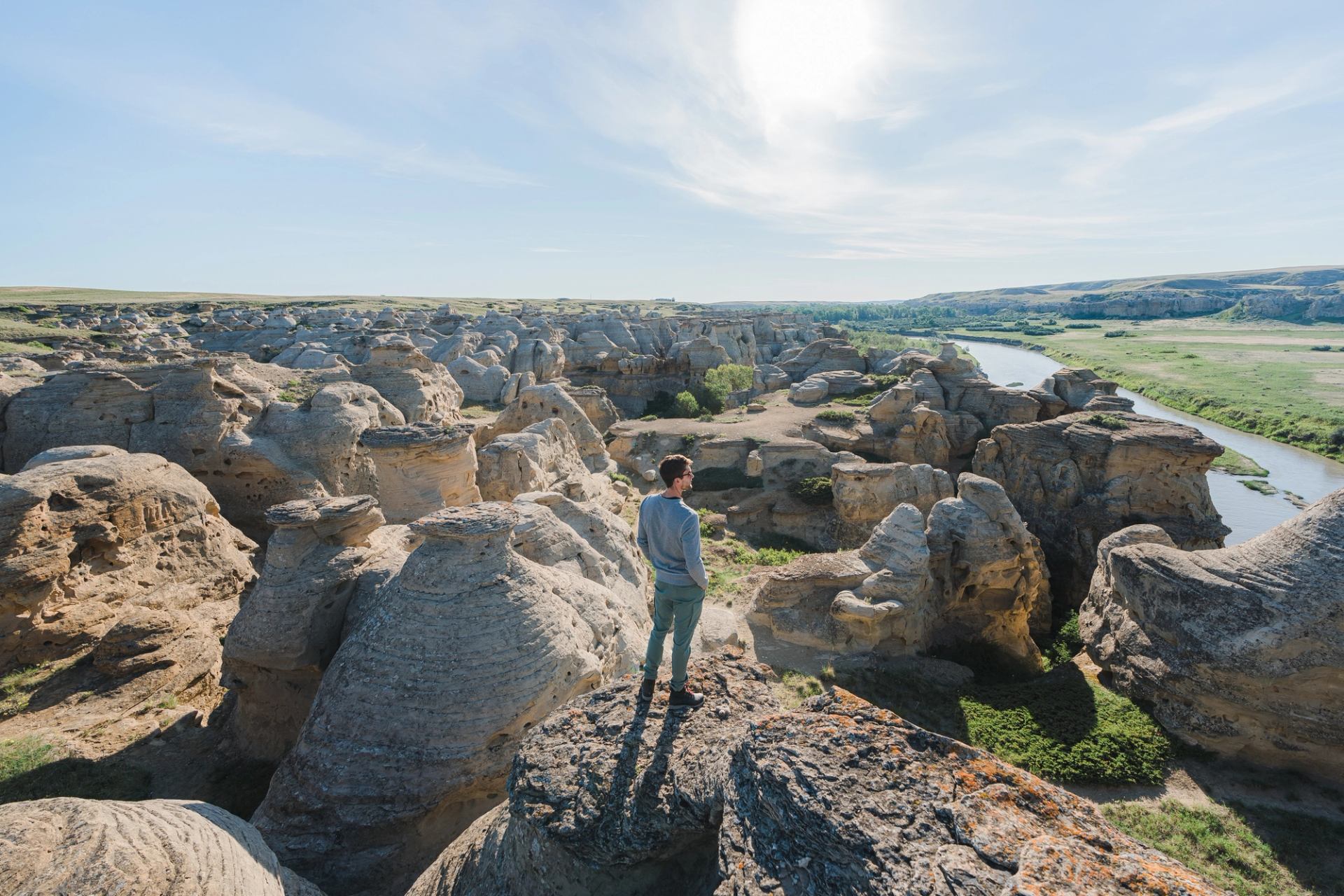Alberta is home to six UNESCO World Heritage Sites – more than any other province in Canada. These iconic spots, designated for preservation due to their significance to Alberta’s history and culture, are a must to add to your Alberta itinerary.
You Need to Visit Alberta's Six UNESCO World Heritage Sites
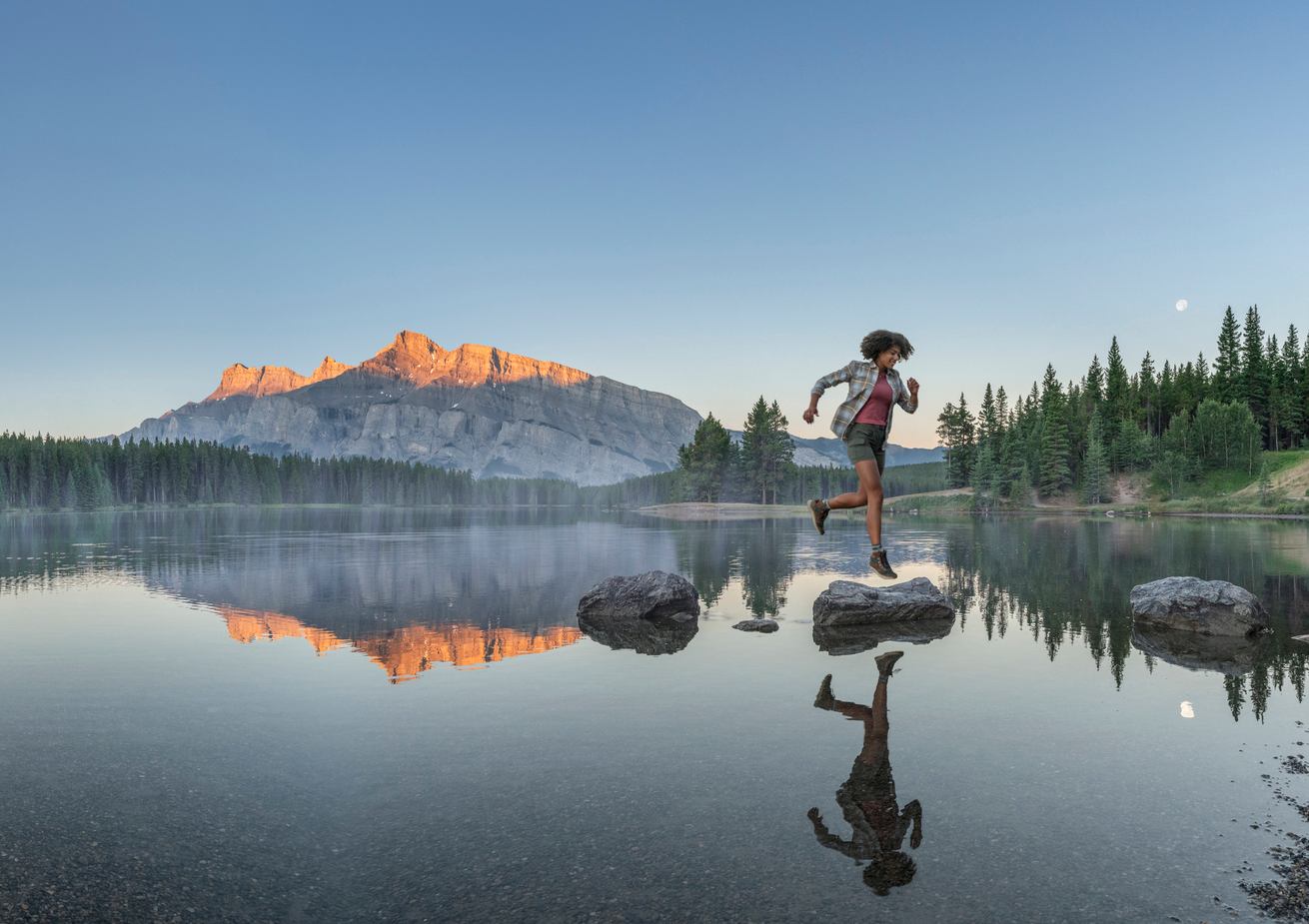
Reading time: 3 minutes
No matter where you travel in Alberta, you won’t be far from one or more of the province’s famous UNESCO World Heritage Sites – these amazing sites are well worth a visit.
- UNESCO recognizes over 1,000 World Heritage Sites around the world.
- Alberta has the most UNESCO World Heritage Sites in Canada.
- You can easily visit all of Alberta’s UNESCO Sites.
Canadian Rocky Mountain Parks
Alberta's Rocky Mountains are stunningly beautiful. The Canadian Rocky Mountain Parks UNESCO World Heritage Site includes Banff and Jasper National Parks in Alberta, as well as the Yoho and Kootenay National Parks in British Columbia. These parks received the UNESCO designation in 1984. Visiting the Rockies is an amazing experience any time of year. Hit the slopes and do some skiing or snowboarding in the winter. In the summer, explore this vast wilderness by camping, hiking, climbing, whitewater rafting or horseback riding – just like a true Canadian. Or, stay in a resort and enjoy the perfect scenery from the lap of luxury.
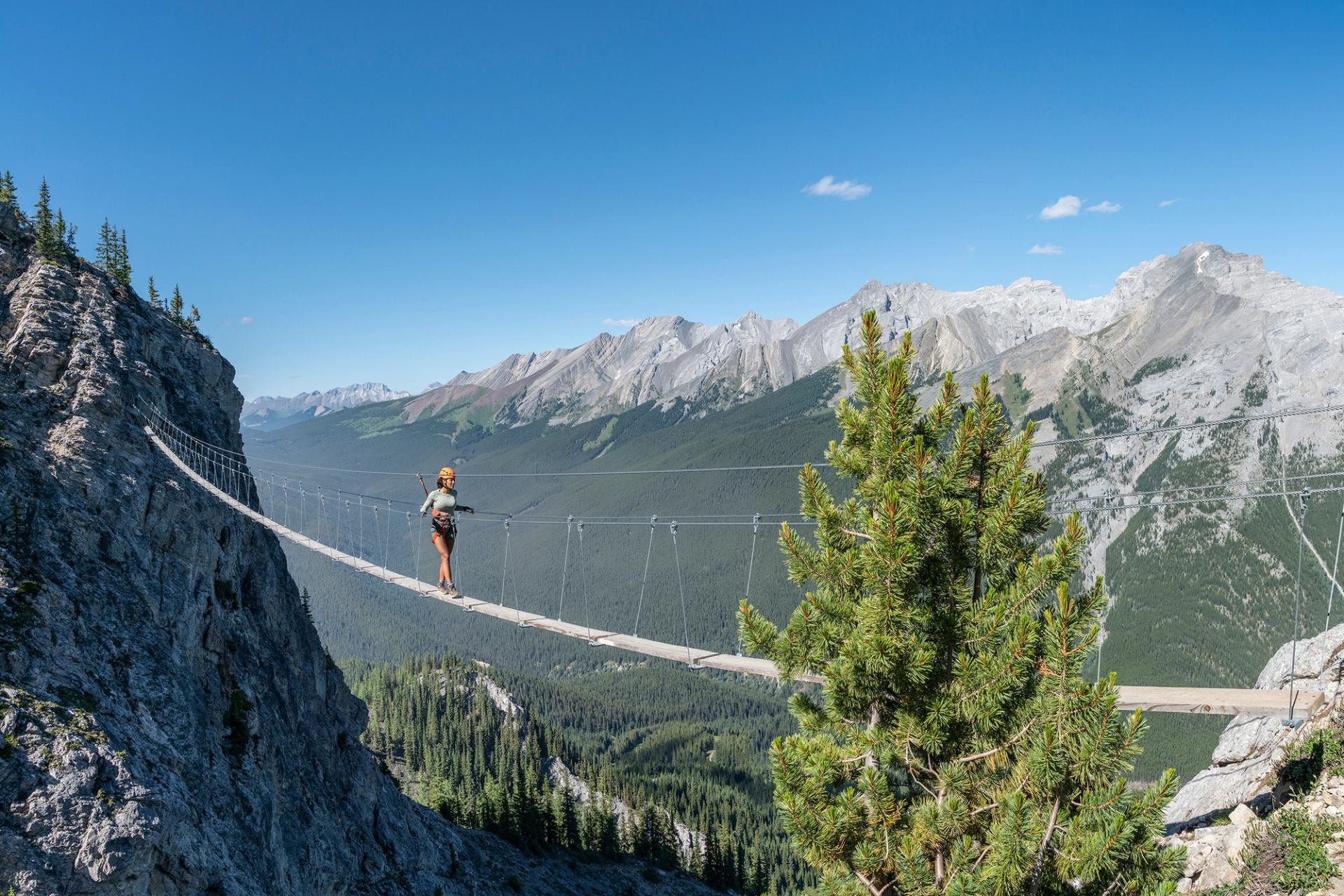
Dinosaur Provincial Park
The scenery throughout Dinosaur Provincial Park is out of this world. Dinosaurs used to roam around this area some 75 million years ago when it was a subtropical paradise. Now it is dry and desert-like, with quirky hoodoos (tall spires of eroded rock) and wind-swept coulees. More than 150 full dinosaur skeletons have been discovered in Dinosaur Provincial Park, which became a UNESCO World Heritage Site in 1979. Book a guided hike to experience the Canadian Badlands for yourself – and keep an eye out for fossils along the way.
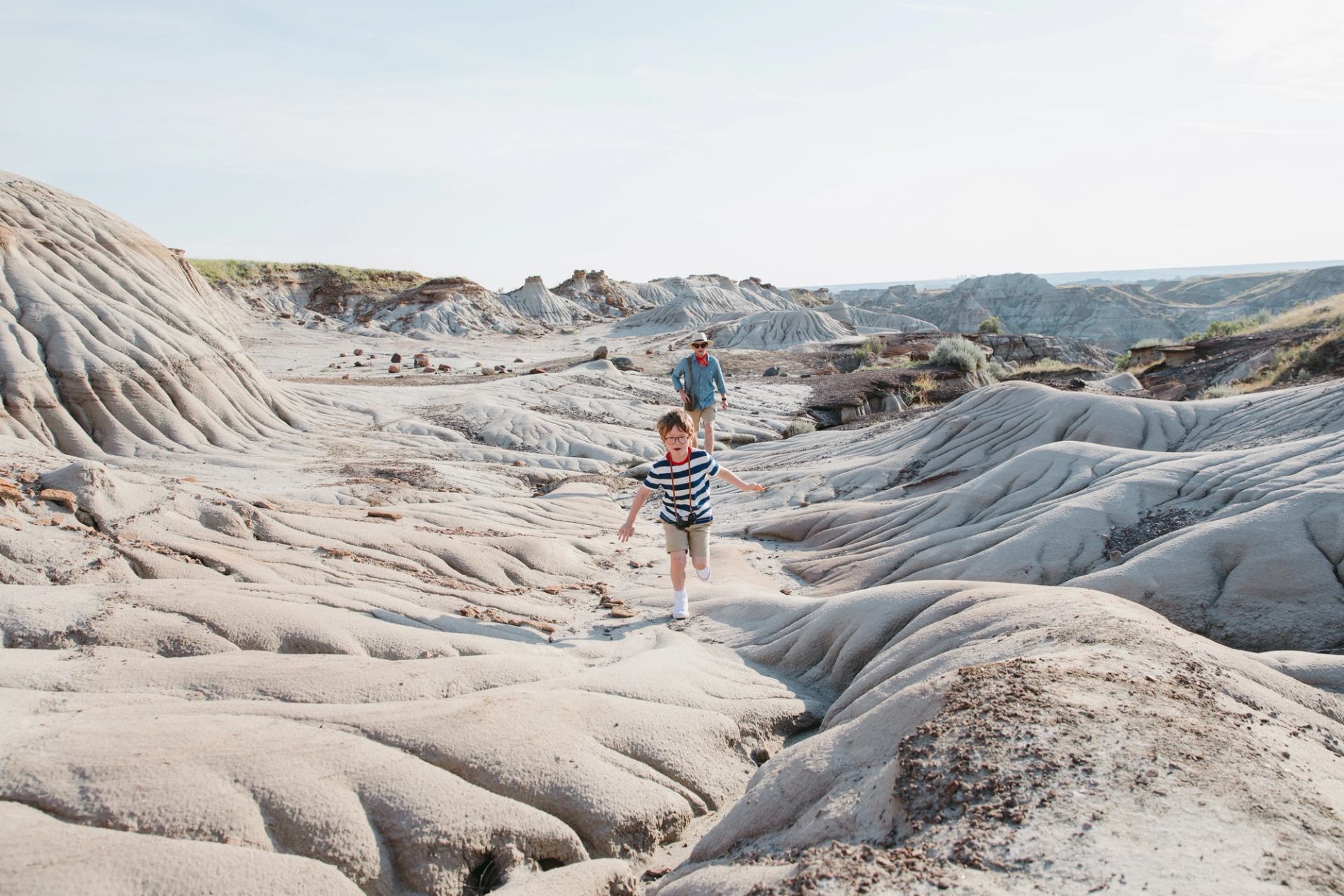
Head-Smashed-In Buffalo Jump
This is one of the world's oldest and best-preserved buffalo jumps. Indigenous hunters used the buffalo jump for nearly 6,000 years. You can tour the storied cliffs with an Indigenous guide to learn more about the history and importance of Head-Smashed-In Buffalo Jump, which became a UNESCO World Heritage Site in 1981. Don't miss the on-site interpretive centre nestled right into the cliffside.

Wood Buffalo National Park
The buffalo roam in Wood Buffalo National Park – literally. This remote park in northern Alberta covers a staggering 44,807 km2 (27,842 mi2), making it the largest national park in Canada. That's over twice the size of Maryland. The park, which was named a UNESCO site in 1983, is home to a lush boreal forest and abundant wildlife. Over 3,000 free-range bison live here, along with wolves, bears, moose, owls and the very rare whooping crane. Wood Buffalo is a sky-watcher's paradise as the world's largest dark sky preserve. Stay up late and watch dancing aurora borealis and other wonders of the night sky.
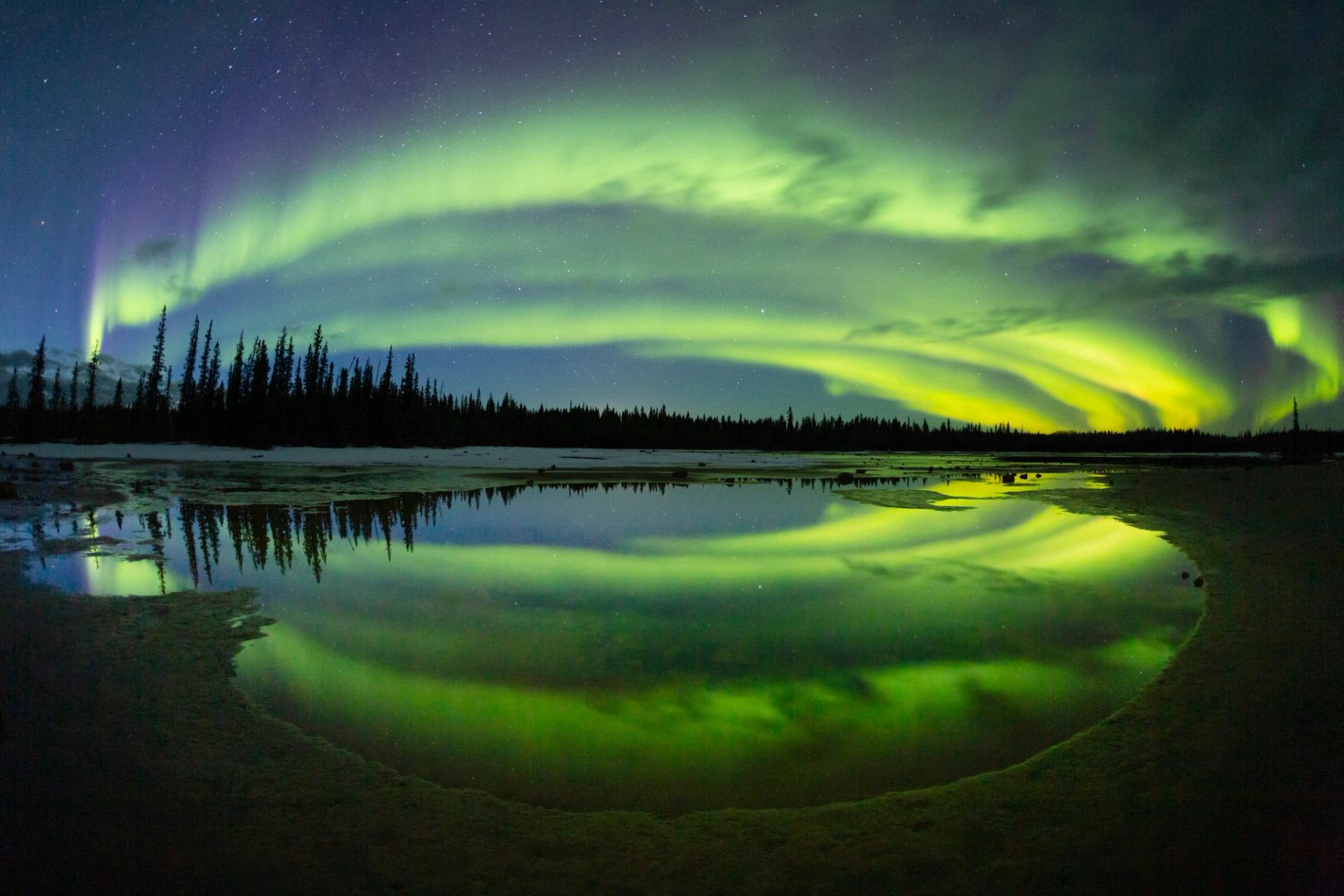
Waterton-Glacier International Peace Park
Alberta's unforgettable mountain scenery goes all the way south to the Waterton-Glacier International Peace Park. The park extends across the U.S. border into Montana. Book a trip with Waterton Shoreline Cruise Co. and visit both countries in a single day. Waterton became a UNESCO World Heritage Site in 1995. It's an outdoor oasis of sparkling lakes (great for stand-up paddleboarding and canoeing), colourful wildflowers, iconic hiking trails for all experience levels and plenty of wildlife. Don't miss a visit to Red Rock Canyon, Blakiston Falls and the historic Prince of Wales Hotel, which overlooks the expansive lakes for Instagram-worthy views.
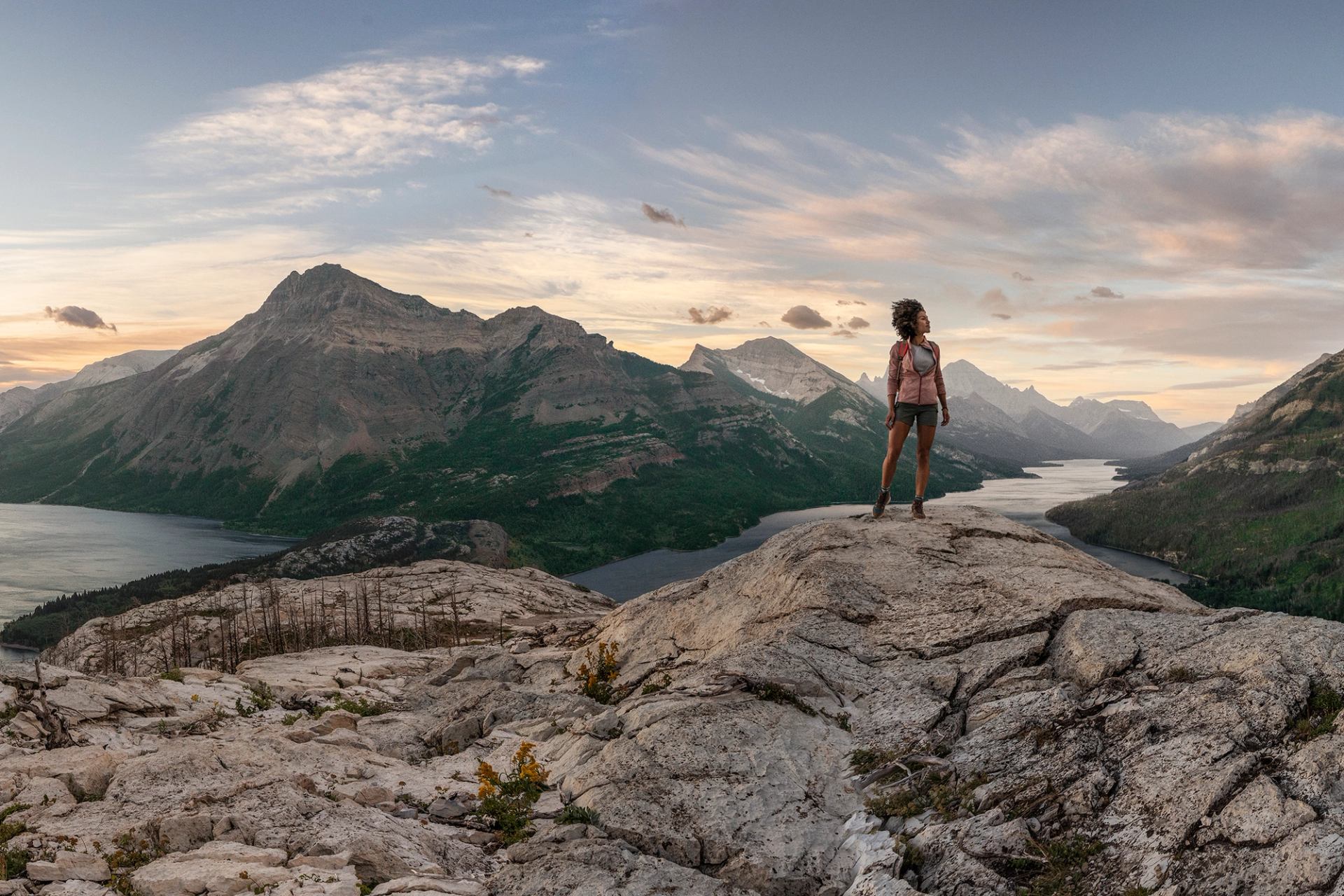
Writing-on-Stone / Áísínai´pi
This park is Alberta's newest UNESCO World Heritage Site and received its designation in 2019. The Indigenous name for Writing-on-Stone is Áísínai´pi, which means “it is pictured / written” in Blackfoot. The area is full of amazing hoodoos and is very important for many Indigenous cultures, who have visited here for over 10,000 years. There are many Indigenous stories about the area being inhabited by spirits who write their truths on the rocks. Take a guided tour to see one of the largest concentrations of petroglyphs (rock carvings) and pictographs (rock paintings) in North America.
